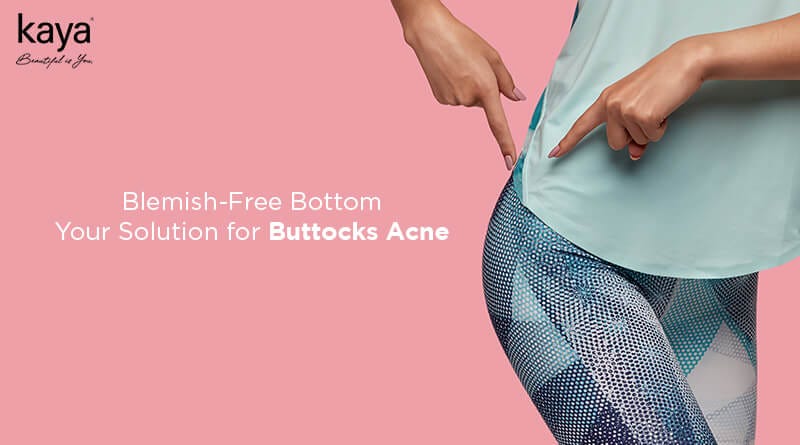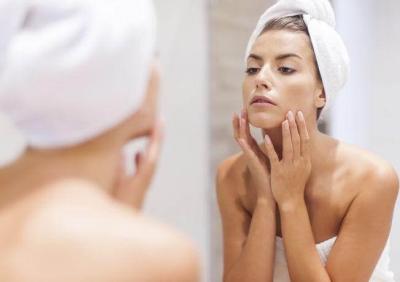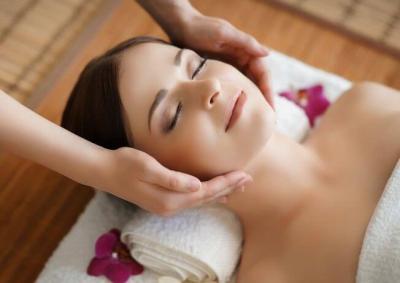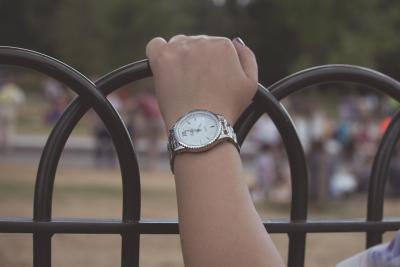Laser Skin Resurfacing for Acne Scars - Expert Treatment
Laser skin resurfacing treatment is a well-known cosmetic procedure which helps to rejuvenate and reverse severe facial disorders.
What is Laser Skin Resurfacing Treatment?
Laser resurfacing helps reduce imperfections on your skin’s surface, aiming to achieve a more uniform appearance. This treatment utilizes a laser that dissolves the molecular bonds of damaged cells in each layer, peeling away the skin's damaged layers and rejuvenating it. Laser resurfacing is categorized into two types: ablative and non-ablative lasers.
-
Ablative Lasers: These are invasive and remove the top layer of your skin, which may cause redness as your skin repairs itself.
-
Non-Ablative Lasers: These are less invasive, using heat to stimulate cells and promote collagen thickening, improving skin tone and elasticity.
For treating persistent scars, professional Acne Scar Treatment with laser resurfacing can help restore smooth and even skin texture effectively.
-(1).jpg)
Who is an Ideal Candidate for Laser Skin Resurfacing Treatment?
This treatment is most effective for patients dealing with lines, wrinkles, uneven pigmentation, or acne scarring. Ideal candidates should not be taking certain medications or have any existing health conditions. Patients with minor skin imperfections are not typically considered suitable for this treatment, as it requires a minimum recovery period similar to surgery. For those with minor scarring or disparities in their appearance, milder alternative treatments are recommended. To address scarring effectively, consider Kaya's Pimple Scar Treatment, which offers tailored solutions for smoother and healthier skin.
What are the Side Effects to Laser Skin Resurfacing Treatment?
Just like any other surgical treatment, this laser treatment for acne scars can also have side effects. Some of the side effects of laser treatments for acne scars removal are:
• Itching, swelling and redness :
After the treatment your skin will be itchy and swollen. The degree of the redness will depend upon the depth of the resurfacing done. This can be intense and could last up to several months. If there were any previously existing skin conditions, it could also add to the redness.
• Infection :
This laser treatment in the ablative form can sometimes lead to viral or fungal infection. A flare up of the herpes virus is the most common infection.
• Change in skin color :
The ablative resurfacing treatment can sometimes cause the treated area to appear darker or lighter. The signs of hyperpigmentation usually occur weeks after the treatment has been done. The use of topical retinoic acid or glycolic acid can help to treat the discolouration after the treated skin has healed.
What are the alternatives for Laser Skin Resurfacing Treatment?
Before finalizing your decision to utilize cosmetic treatments for the condition of your skin, you can also try incorporating prescribed skin care products to improve the appearance of your skin. Many of these products prescribed by your dermatologist will have a mixture of vital nutrients and other cleansing solutions which can benefit your skin. You can also seek anti-aging cosmetic treatment which will be less invasive and require a shorter recovery time. For severe acne scars consult our dermatologist for laser skin resurfacing. Read our blogs to learn more on acne scar removal.











